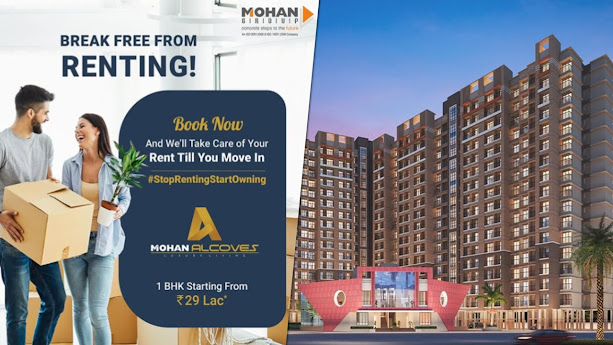How to Design a Small Office Space that Boosts Your Productivity and Creativity
Introduction: You can start by explaining why small office design is important for productivity, creativity, and wellbeing. You can also mention some of the challenges and benefits of designing a small office space. You can use some facts and statistics from the web search results to support your points. For example, you can cite this article¹ that says “Small office interior designs are majorly taken for granted when considered through design aspects. But, even smaller office spaces could be creatively crafted into an inspiring work environment.”
Main body: You can divide this section into several subheadings, each focusing on a different aspect of small office design. For example, you can have subheadings like:
Space optimization: You can discuss how to make the most of the available space by using smart furniture, storage solutions, and layout planning. You can also give some examples of innovative space saving ideas for small offices, such as using under the stairs, wall mounted desks, repurposing vanity spaces, closet workstations, and multiuse family offices.
Aesthetics and style: You can talk about how to create a visually appealing and comfortable office environment by choosing the right colors, lighting, materials, and accessories. You can also give some examples of different styles and themes for small office design, such as modern, minimalistic, elegant, creative, etc. You can use some images from the web search results to illustrate your points. For example, you can show this image of a modern office design layout, this image of an elegant office space design idea, or this image of a creative office design idea for small spaces.
Functionality and flexibility: You can explain how to ensure that the office space meets the needs and preferences of the users, such as privacy, collaboration, communication, and comfort. You can also give some examples of how to make the office space adaptable and scalable, such as using modular furniture, movable partitions, and adjustable desks. You can also mention some of the latest trends and technologies for small office design, such as coworking spaces, shared desks, and remote working tools.
Conclusion: You can summarize the main points of your blog and give some recommendations or tips for small office design. You can also invite your readers to share their feedback, questions, or suggestions in the comments section. You can end your blog with a catchy or inspiring statement, such as “Small office design is not a limitation, but an opportunity to unleash your creativity and productivity.”




Comments
Post a Comment